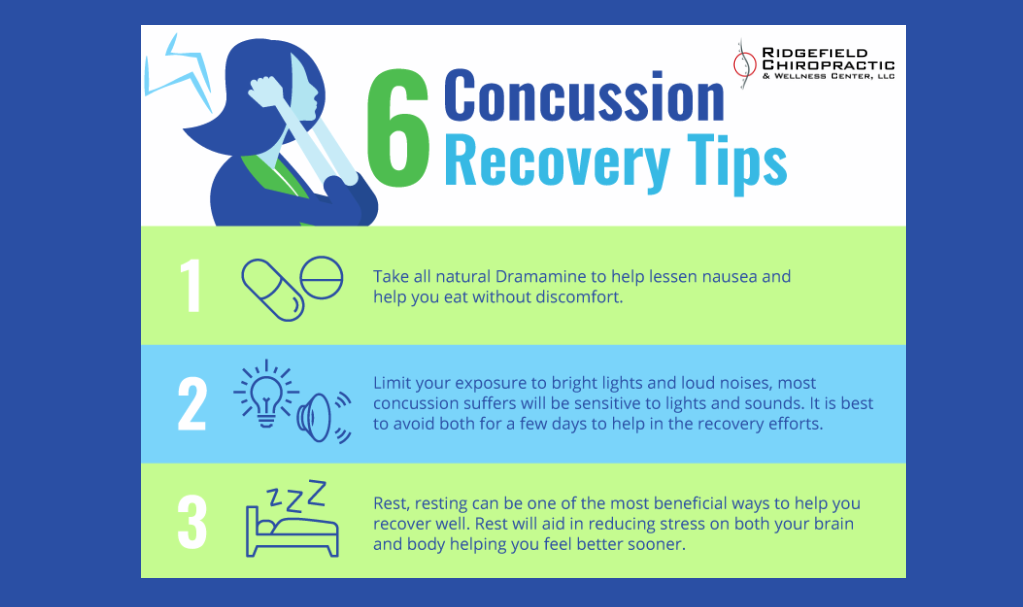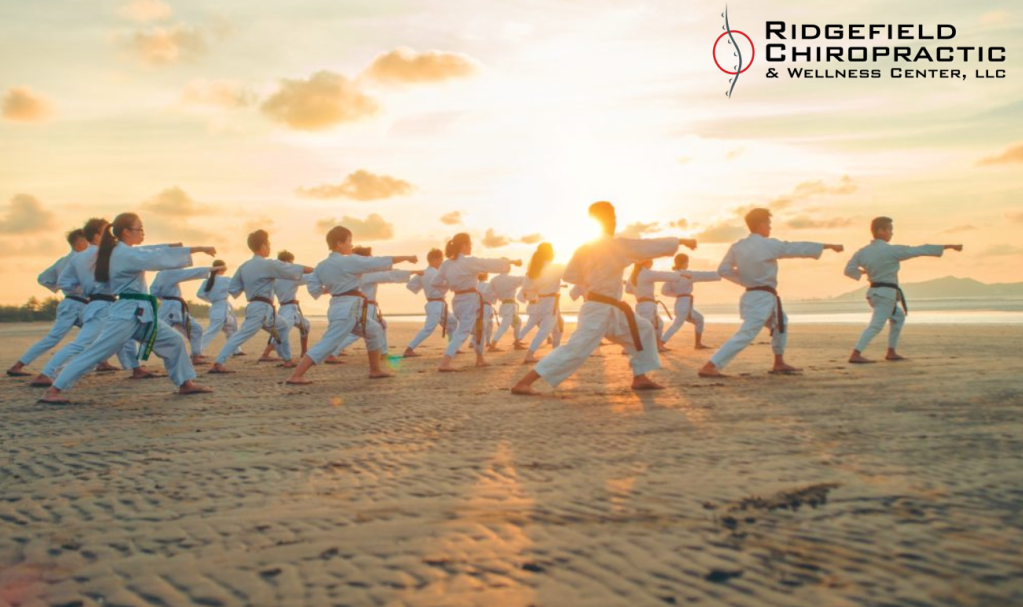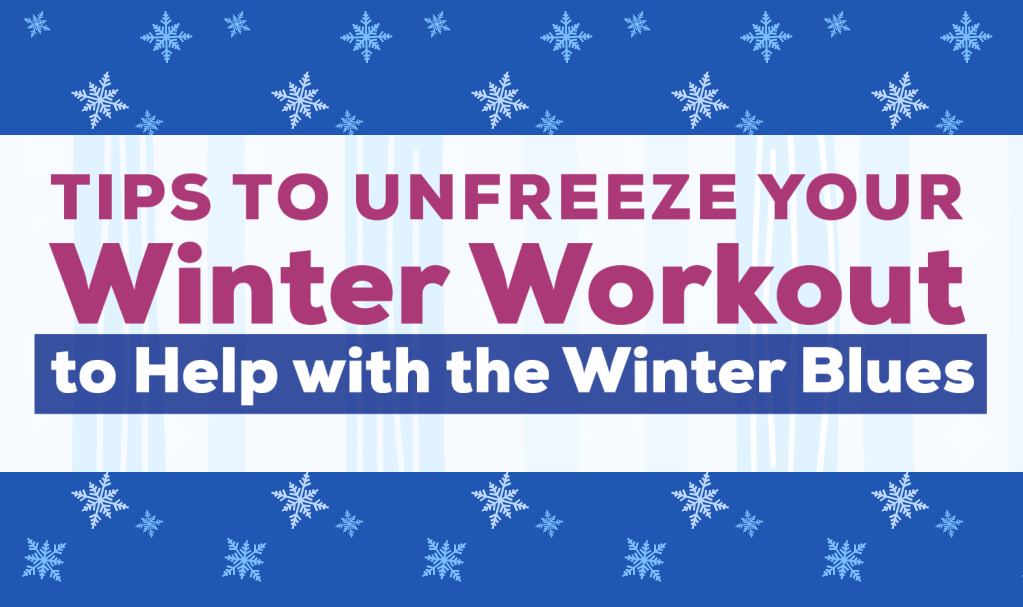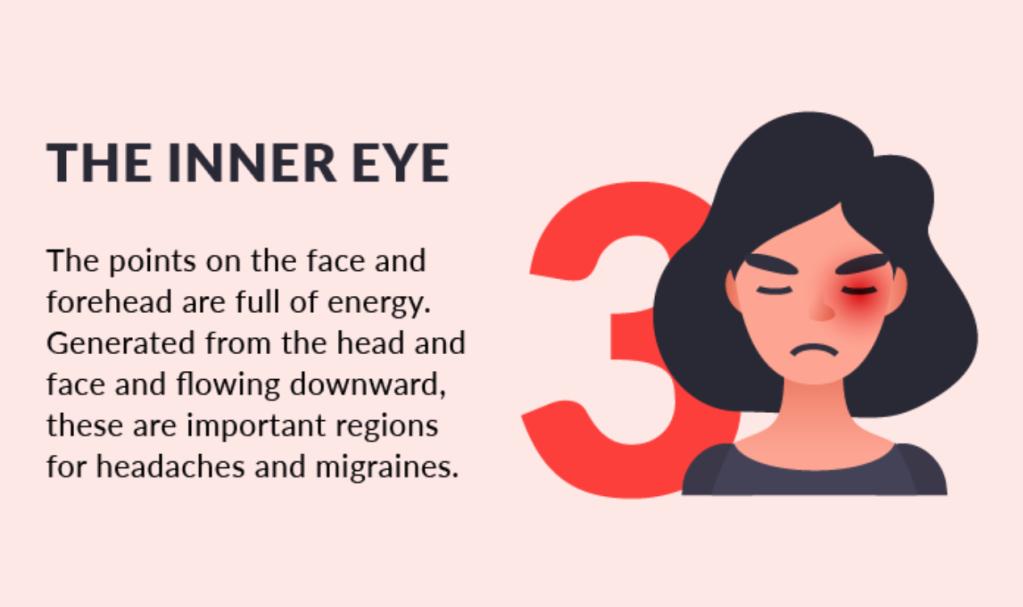6 Ways to Help with Hip Pain while Pregnant

Pregnancy is an amazing and exciting time, however; it can come with some pains and aches. Most pregnant women will end up with a lot of hip and pelvis pain once they are later in their pregnancy this can lead to uncomfortable sleep, issues walking, and generalized pain. The good news is that there is […]
5 Reasons You Need a Sit/Stand Desk

Those of us who work at a desk all know the neck and shoulder pain that can go with it, sitting all day is not only bad for your health, it’s bad for your neck/spine/head. Years ago sitting all day was the only real option for certain kinds of work, the good news is there […]
6 Concussion Recovery Tips

Concussions are not enjoyable and can cause issues long after they are gone, it is very important that after a concussion a proper recovery is followed. A proper recovery can take time and seem frustrating, the only way to lessen the effects and long lasting repercussions is having a proper recovery, there are some great […]
4 Things Athletes can do to Prevent Injuries

Each year, athletes throughout America suffer a collective 8.6 million sports injuries. These injuries range from easy-to-treat sprains and strains to career-ending concussions and broken bones. On the one hand, being an athlete involves the inherent risk of getting hurt. On another, there are ways athletes can take proactive measures to protect themselves in the […]
6 Ways to Enhance Your Post Workout

Working out is a great way to feel great and keep yourself healthy, a big reason people stop working out is due to muscle pain and strain they get after working out. Recovery after your workout is essential to muscle and tissue repair and will help you keep working out! The good news, there are […]
Top 5 Recreational Activities to Combat Stress and Prevent Back Pain

Today, back pain is one of the most common disorders to affect adults. In fact, about 80% of the U.S. population will experience back pain at some point in their lives. That’s a startling statistic, and it gets even worse when you consider that back pain can affect people of all ages, creeds, and demographics […]
3 ways to beat SAD: light therapy, exercise, & social support

Seasonal Affective Disorder, commonly known as the Winter Blues, is a real condition that affects the lives of those who suffer from it in very profound ways. Late in the year when fall gives way to winter, colder weather and shorter days kick this condition into overdrive for those who are afflicted. Related directly to […]
Tips to Unfreeze your Winter Workout to Help with the Winter Blues

Each year, Seasonal Affective Disorder sets in to affect millions of Americans. Known loosely as “the winter blues,” this troublesome condition is characterized by mild to moderate depression, listlessness, and interrupted sleep patterns. Fortunately, there are things you can do to beat the winter blues and keep your spirits high during the chilliest months of […]
4 Ways Chiropractic Care And Massage Will Help You This Flu Season – Ridgefieldchiropractic

Flu season is upon us. Defined as the period between October and February, flu season is that horrible time each winter when influenza rates peak, and everyone goes around trying to avoid getting sick. Fever, headache, stomach upset, and chills seem to be lurking everywhere, waiting to grab us, so how do we prevent it? […]
Acupressure for Migraines & Headaches – Ridgefieldchiropractic

Did you know that more than 38 million people currently suffer from migraines? That’s about 13% of adults in the U.S. With so many people contending with migraines on a regular basis, you might be surprised to realize that there are very few natural remedies to treat these searing headaches. Except, that is, for accupressure. […]
